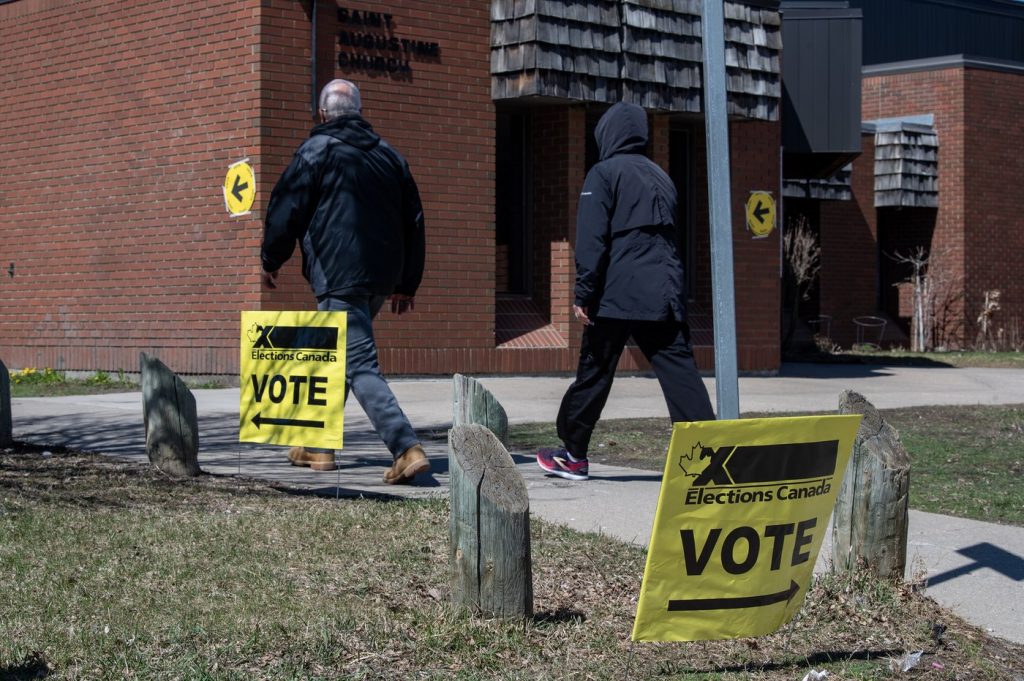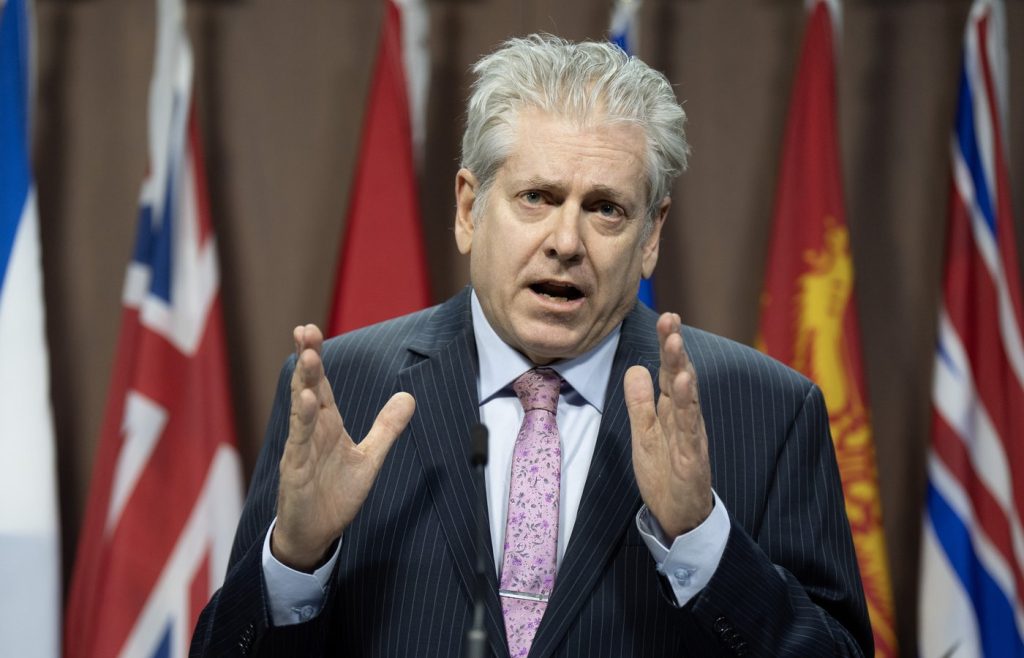Canadian economy added 230,700 jobs in June
Posted Jul 9, 2021 09:29:28 PM.
OTTAWA — The Canadian economy nearly recovered the jobs lost during third wave lockdowns as restrictions rolled back and businesses expanded their payrolls faster than expected in June.
Statistics Canada said Friday the economy added 230,700 jobs last month after posting losses in April and May when public health restrictions were tightened to slow the pandemic.
The unemployment rate fell to 7.8 per cent for June compared with 8.2 per cent in May, which Statistics Canada said was the lowest of the pandemic since the 7.5 per cent recorded in March.
The jobs increase in June shot past the best of market expectations, as economists expected the start of the summer to be a tease for larger gains over July and August. Instead, the coming months may have more modest gains than massive advances.
“We’re at a significant phase of reopening that might be an inflection point for our economy and jobs, where this kind of stop and start of job gains and job losses might not be taking place anymore,” said Trevin Stratton, chief economist at the Canadian Chamber of Commerce.
“While this initial rebound is very promising, over the longer term there are still some issues that we need to address.”
The hiring in June was concentrated in part-time positions that rose by 263,900, bringing it basically back to pre-pandemic levels and driven by jumps in jobs in the hard-hit retail and food services sectors.
The 101,000 jobs increase in the accommodation and food services sector was the largest jump since last July, with Quebec, Alberta and British Columbia accounting for most of the increase. Ontario grew more slowly because of restrictions on indoor dining.
Nationally, full-time jobs fell by 33,200.
The part-time jobs boom left youth as the big winners in June as the demographic group gained 164,000 jobs, the largest one-month increase for them since last July. Statistics Canada also said the unemployment rate among returning students aged 20 to 24 was 11.5 per cent in June, edging closer to the pre-pandemic historical average.
Timothy Lang, president of Toronto-based Youth Employment Services, said the figures were good news for youth who have been highly affected by job losses, but many are still looking for pandemic-proof jobs in the digital economy, skilled trades or warehousing.
“Youth have been looking at alternatives,” he said.
“They’re looking at it more with a critical eye than ever before. So more are looking at upskilling.”
CIBC senior economist Royce Mendes said there weren’t many signs of labour shortages in June despite anecdotal evidence to the contrary. He said that could change as hiring picks up in the months ahead.
More people went looking for work in June, after giving up on the job hunt in May, as the total size of the labour force increased by 170,000 in June. Still, Statistics Canada noted that few Canadians are quitting their jobs to look for a new role despite the rise in jobs as the economy reopens.
Mikal Skuterud, a professor and labour economist at the University of Waterloo, noted on Twitter that the ranks of long-term unemployed, meaning they have been out of work for six months or more, now make up almost three-quarters of all unemployed workers, the highest it has been in the pandemic.
Getting back to full employment will require intensified job search activity among the jobless, especially the long-term unemployed, he said.
The result for June left the country about 340,000 jobs, or almost two per cent, below pre-pandemic employment levels seen in February 2020. Statistics Canada said the employment gap is likely closer to 540,000 jobs when factoring in population growth.
The gap left an opening for a Conservatives attack on the Trudeau Liberals, whose spring budget had forecasted closing the former gap by summer, and the latter gap by early next year.
“That’s a broken promise,” said Pierre Poilievre, the party’s jobs critic. He added that the government couldn’t just blame the virus for the shortfall.
The Liberals argued the government’s plan was working, but more help was needed through ongoing income support measures, a new hiring program for businesses and the wage subsidy, which is being phased out as conditions improve.
“As more Canadians are fully vaccinated every day, more regions are reopening,” Prime Minister Justin Trudeau said during remarks at an announcement in Surrey, B.C.
“We will reach our goal of creating a million jobs and fully restoring employment to pre-pandemic levels and more.”
This report by The Canadian Press was first published July 9, 2021.
Jordan Press, The Canadian Press








